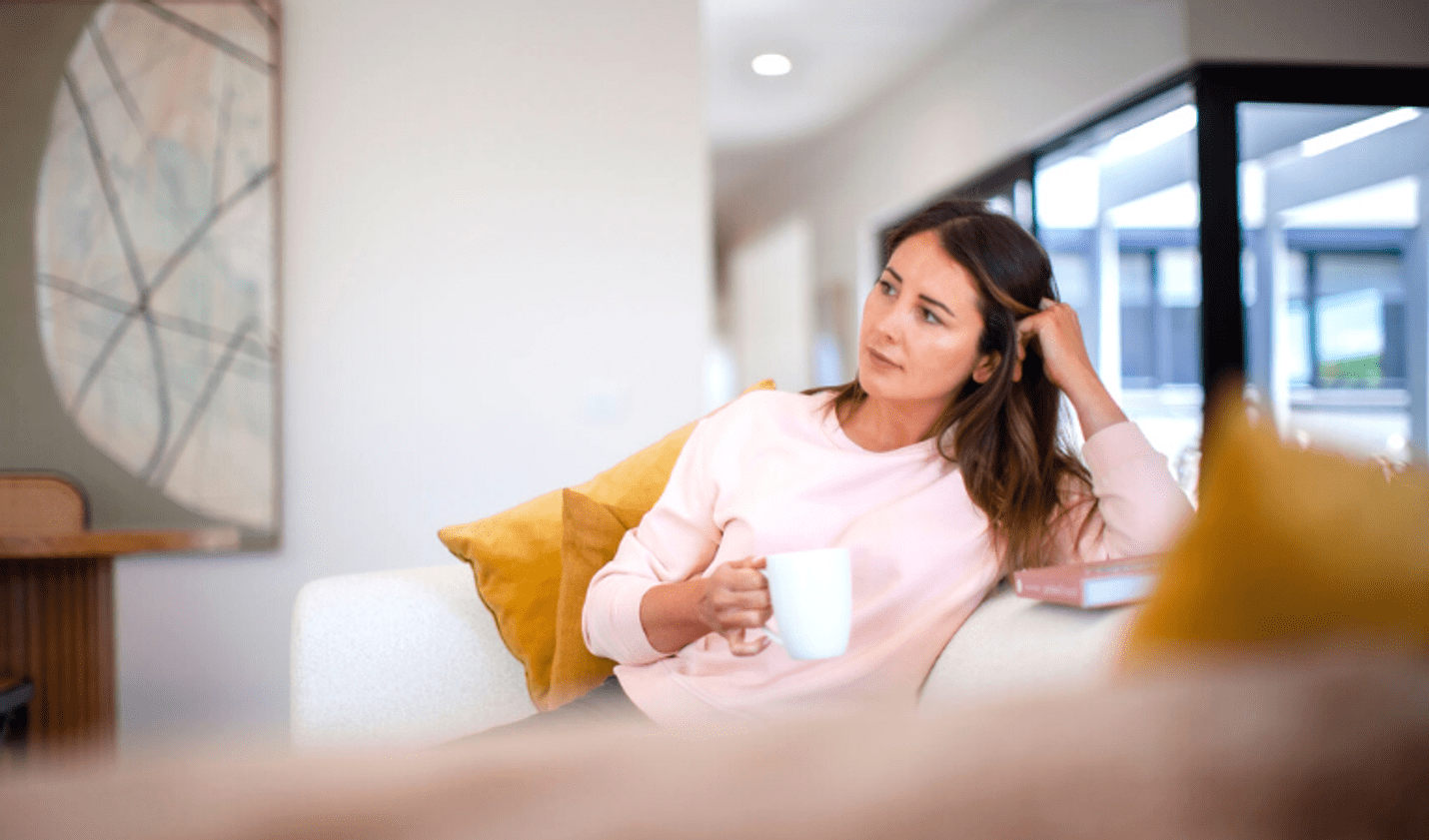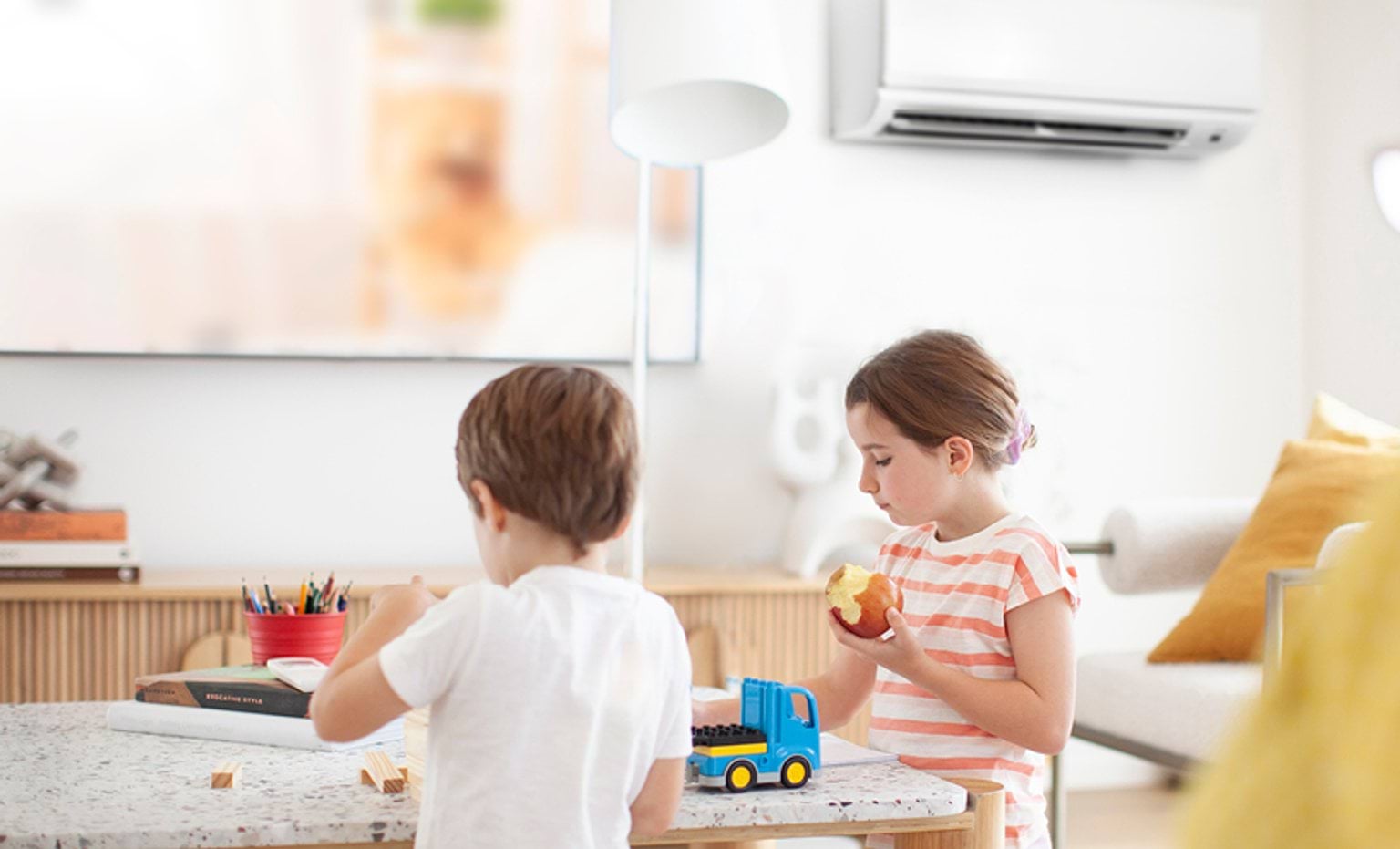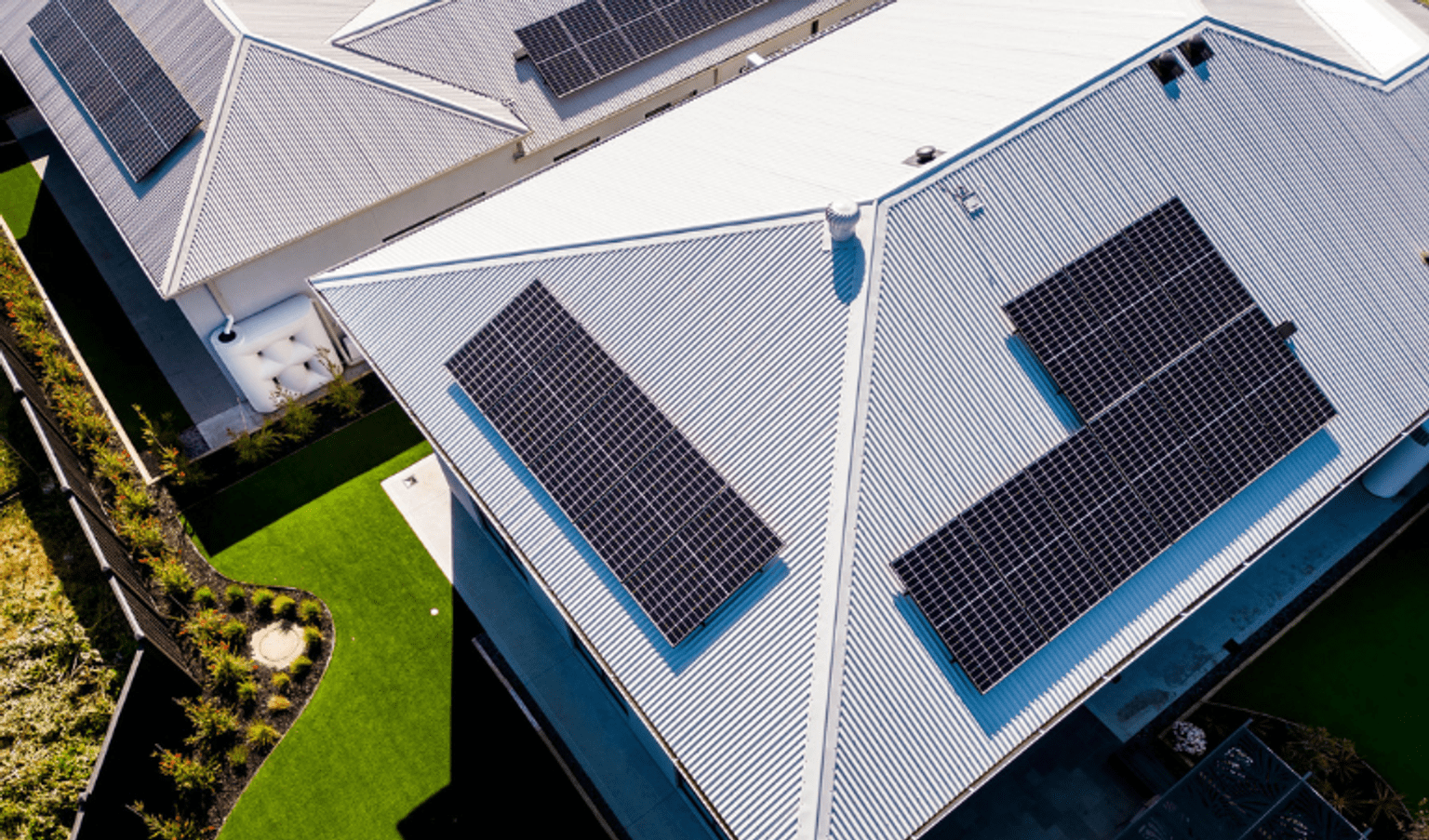Our bodies naturally regulate temperature. But environmental factors like air temperature, humidity, air speed, clothing, physical movement and building structure can affect our thermal comfort. Most people are comfortable at temperatures of 20 ºC to 26 ºC.
Physical impacts
Having poor thermal comfort can result in discomfort, fatigue, headaches and musculoskeletal problems.
These can be worse if the poor thermal comfort is ongoing (for example in a home with ineffective heating).
Heat and cold stress can lead to serious health concerns and even be life threatening. Adapting your environment to achieve better thermal comfort can help.
Health impacts
Extreme hot weather can have significant health impacts on older people. Studies show an increase in cardiovascular conditions, headaches and shortness of breath.
Living in cold conditions also increases the chance of many illnesses. Examples are arthritis, flu, pneumonia, asthma, blood pressure changes, heart conditions and strokes.
Social and wellbeing impacts
Thermal comfort affects your wellbeing too. Being too hot or cold limits physical activity and your ability to maintain your home. Think about days so hot that you can only sit in front of a fan, or so cold that you are unable to move from under a blanket. When people are too hot they'll often feel tired. And when it’s too cold they might be restless and distracted.
If you live alone, thermal comfort can also increase your social isolation. People are less likely to receive and entertain guests if their homes are too hot or cold.
For families, secure thermal comfort also gives children more time to study in the evening. It can also lower the presence of mould, which may cause health issues if inhaled.
How to manage your thermal comfort
Clothing and physical movement are easy factors for most people to manage. But other factors in thermal comfort are harder to address and may require upgrades.
Want to achieve year-round thermal comfort in your home? The most energy-efficient solutions are installing a reverse-cycle air conditioner and adequate insulation.
Using a reverse-cycle air conditioner to improve thermal comfort
Reverse-cycle air conditioners (RCAC) are a great choice for energy-efficient heating and cooling. Many modern RCAC units come with thermostats and advanced inverter technology. This means they can adapt to the temperature and condition of the room to reach an ideal temperature in all seasons. Read more about reverse-cycle air conditioners in our buyers guide.
Updated




